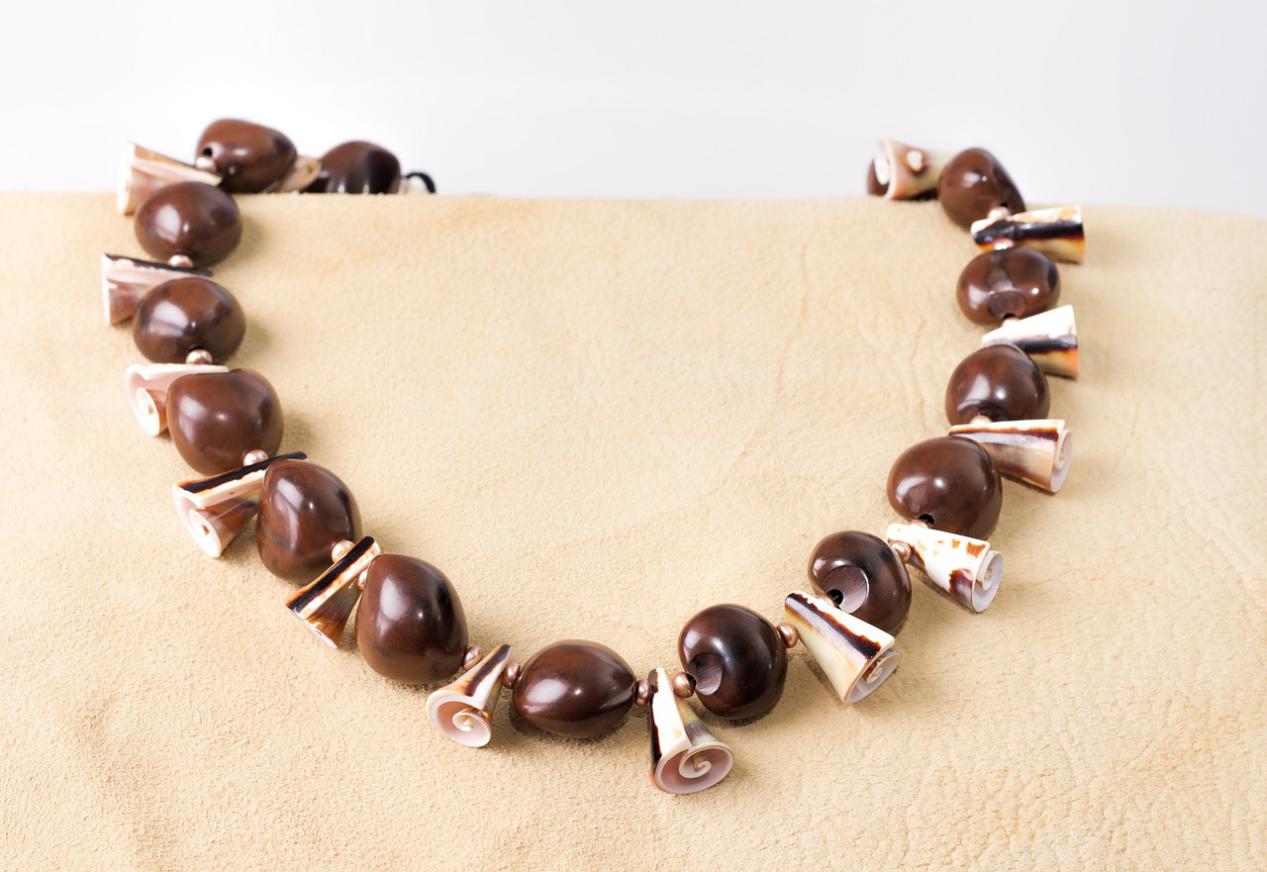Fashionistas and trendsetters can’t get enough of puka, cowrie, and cockle shells. Many have jumped to this trend but it’s important to know where seashells are sourced, and how they are harvested and cleaned.
Considered as a haven for shell collectors, the Philippines has a vast offering of seashells. This comes as no surprise as the country has one of the longest coastlines in the world, so you’ll definitely see shells lining up the shores.
How shells are harvested:
Compressor Diving. A compressor attached to a tube that feeds oxygen to the divers is used. This lets them stay underwater for a few minutes to several hours. Divers collect the shells by searching through the coral heads.
Tangle Net. In some places in the Philippines like the island of Bohol, people make use of the tangle net. They drop this at 80-100 meters either late in the afternoon or early morning. The first mesh is great for catching big shells as they are large while the fine net is for catching small ones.
Gleaning. Marine species are collected at low tide. Collectors walk through the shallow tidal flats or seagrass beds. Women and children usually gather the shells in a basket or plastic containers and collect them by hand. There are times when the collectors use a spade or small knife to easily take out the shells.
Push Net. This is done through pushing forward a push net or sud-sod — a triangular-shaped net supported by two bamboo poles. Collectors get small shells like the cowrie in shallow waters which usually take place between the months of April through June.
How the shells are cleaned:
Raw shells are immersed for 24 hours in freshwater to get rid of the dirt, soil, and other sediments. They are then rinsed and soaked in chlorine solution at low concentration to clean some spots or stains from foreign objects. Lastly, a brush will be utilized to thoroughly clean the shell inside and out. Shells are handled with utmost care to avoid breaking its surface.
Now that you’ve learned how shells are harvested and cleaned and where they are sourced, here’s hoping you’ll take extra care of your shell jewelry and keep them looking new. With today’s version of the shell jewelry (which has more panache!), you can layer them with your everyday basics and outfits for different occasions.

